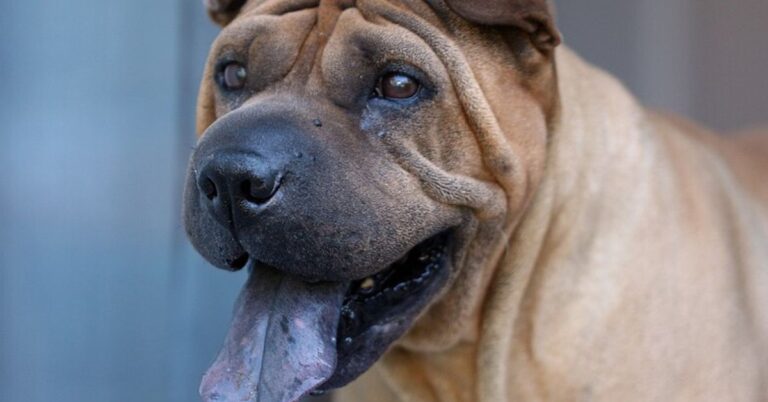10 Powerful Dogs That Don’t Mix Well With Pocket-Sized Pets
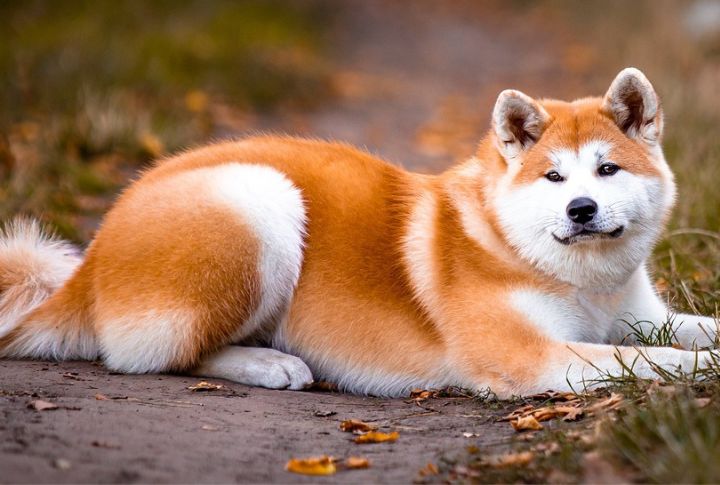
Some dogs were built for work—protection, pursuit, or precision—not for delicately sharing space with hamsters or parakeets. To these breeds, instinct and physical force matter more than temperament alone. They can be loving companions, but when it comes to fragile pets, management and separation often matter more than good intentions.
American Pit Bull Terrier
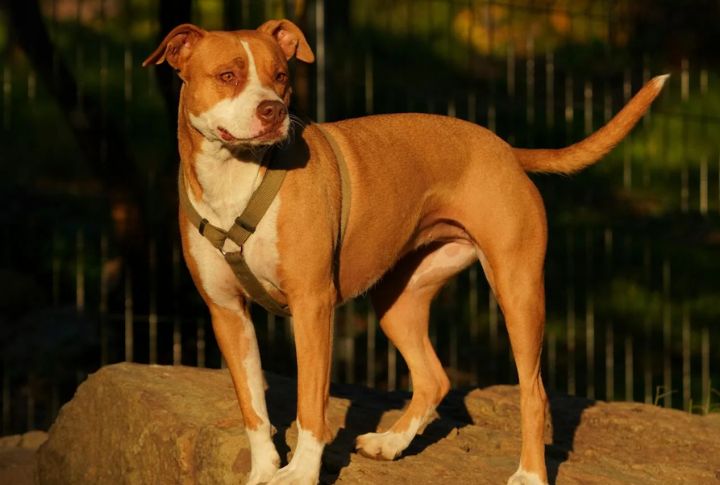
High drive and lightning reflexes make this breed unpredictable around fast-moving animals. Their history includes baiting, hunting, and fighting, and that lineage still shows in response patterns. Even with socialization, a running guinea pig or a fluttering bird can activate pursuit. For safety, separation isn’t optional—it’s the baseline.
Cane Corso
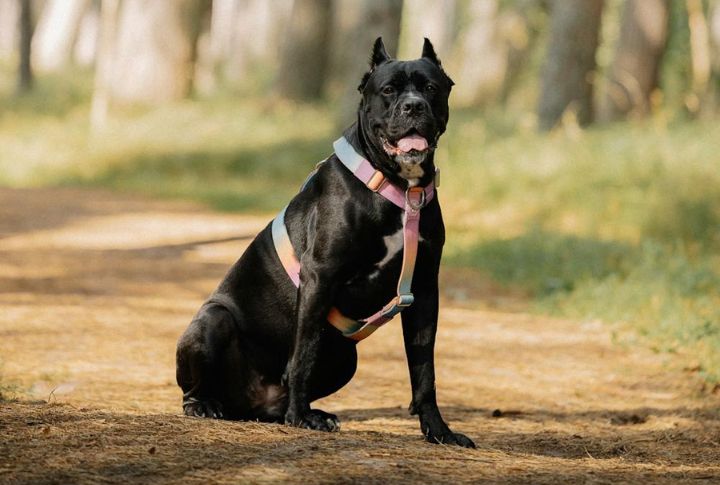
With deep-set instincts to chase and corner, the Corso tends to react to anything that startles or bolts. These dogs thrive on structure and thrive with experienced handlers. When that structure breaks—say, when a rabbit escapes its pen—raw muscle and curiosity can become a problem in seconds.
Siberian Husky
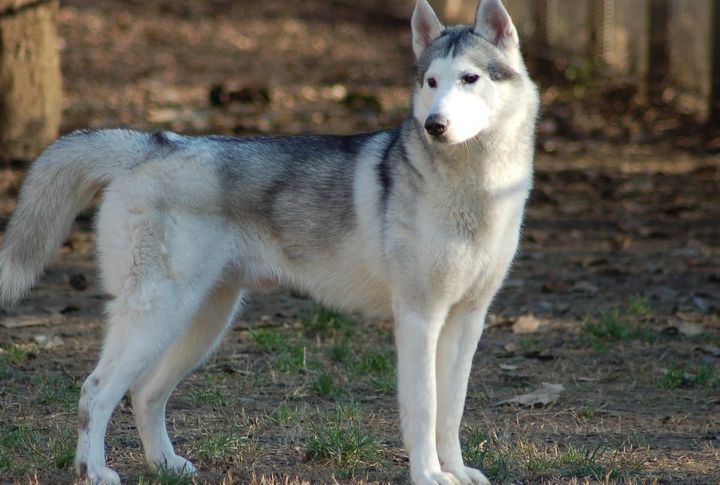
This is not a breed that ignores motion. Bred to pull sleds and hunt independently, Huskies retain an intense urge to pursue. No matter how well-trained, a squeaking toy can trigger that impulse—never mind an actual living creature. Keeping small pets safe often means keeping them entirely out of sight.
Akita
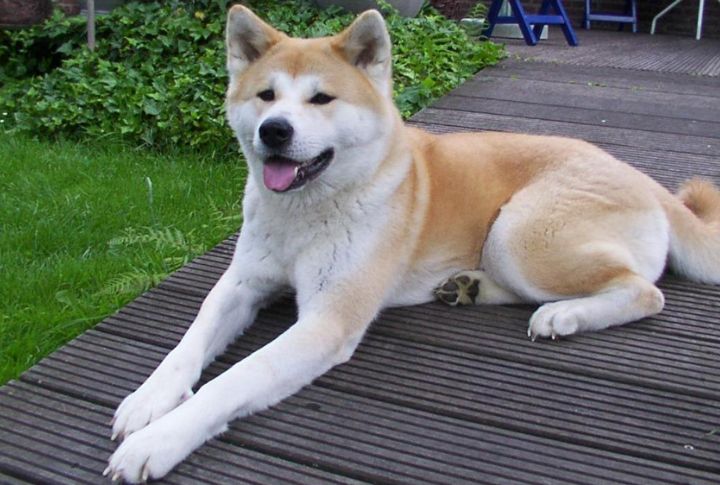
Akitas don’t give warnings the way other breeds might. Their energy is composed but always watching. Any animal that runs or squeals can register as prey, not peer. Because of their reserved nature, owners often underestimate their reactivity—until it’s too late for whatever crossed their field of vision.
Chow Chow
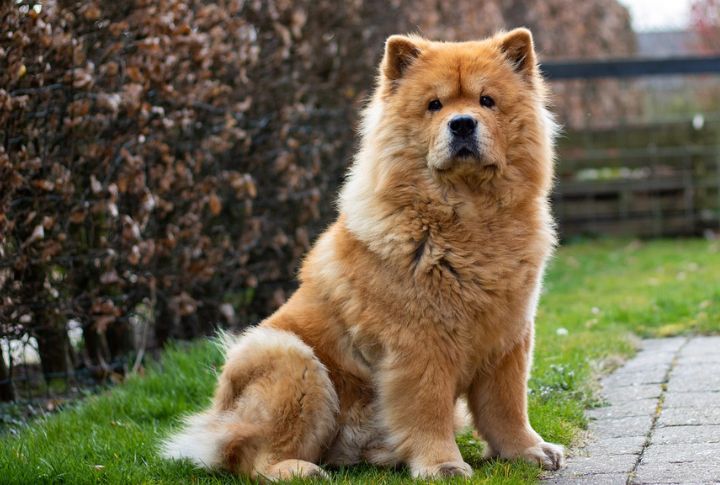
With a temperament closer to a big cat than a Labrador, the Chow doesn’t thrive in chaotic homes. Their preference for routine and calm doesn’t blend well with jittery pets. If a small animal moves too quickly or intrudes on their space, the response may be swift and unmoving.
Rottweiler
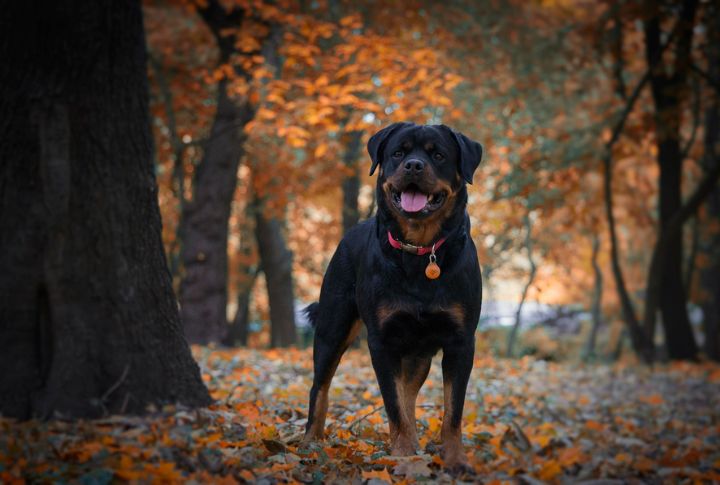
Bred to drive cattle and guard, Rottweilers often have a “follow and block” instinct that kicks in around movement. With people, it’s manageable. With fragile pets, it’s risky. The issue isn’t intent—it’s momentum. One swipe, bump, or curious push can lead to unintended injuries with permanent consequences.
Bullmastiff
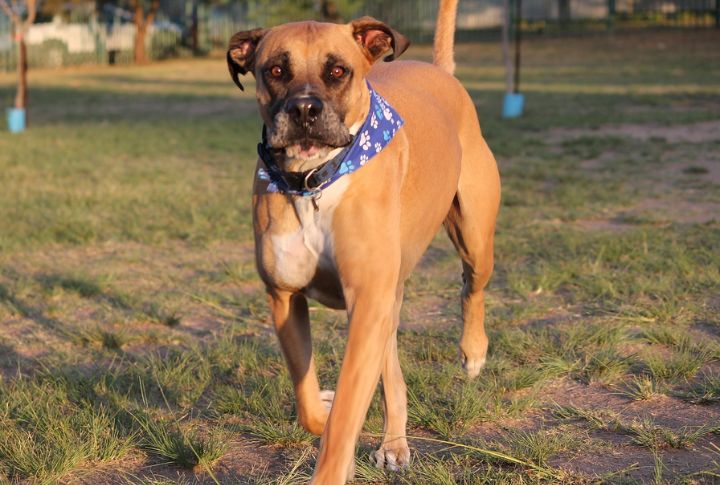
This is a dog that can weigh over 130 pounds, bred to knock down intruders and hold them still. Even gentle play can be dangerous when the animal on the other end weighs less than a pound. They don’t mean harm, but the margin for error is razor thin.
Doberman
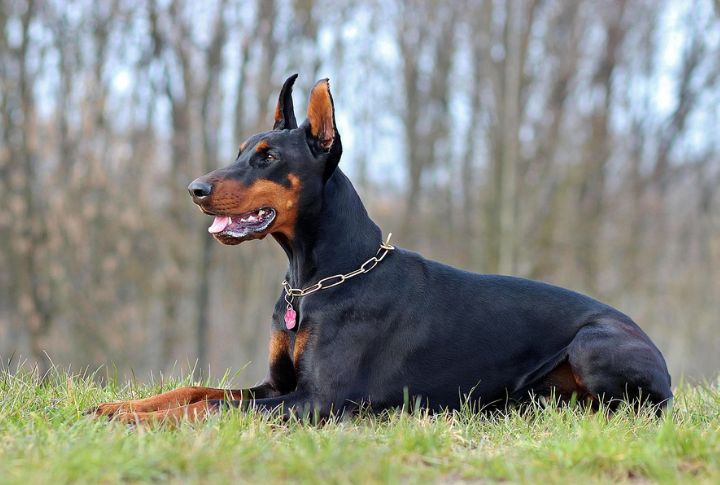
Quick, alert, and endlessly observant, Dobermans often react before they process. That trait makes them great watchdogs and high-risk housemates for pocket pets. A flash of motion or unfamiliar noise can trigger pursuit or territorial guarding. Small animals easily become targets of concern—or worse, mistaken threats.
Dachshund

It’s easy to forget that this long, low dog was built to corner badgers underground. The hunting drive is strong, especially when it comes to burrowing or squeaky animals. Rodents, birds, and even toy-sized pets can become fixation points. Once the nose locks on, redirection takes serious skill and timing.
Dogo Argentino
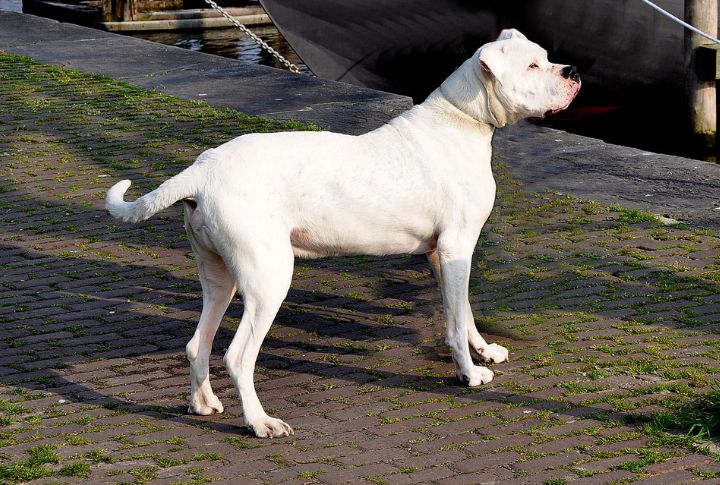
Developed for pack hunting wild boar, this breed combines athleticism with relentless focus. Small pets don’t register as companions—they register as stimulation. Even in calm homes, unexpected movement or sound can set off a chase. It’s not about training failure—it’s about wiring that doesn’t shut off.



